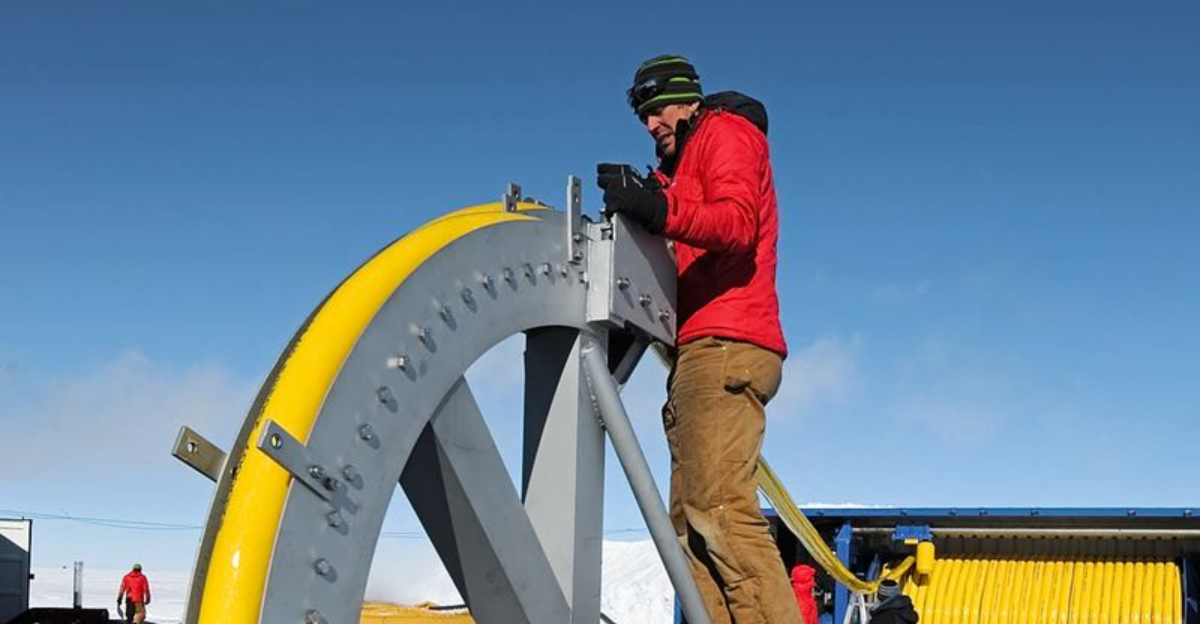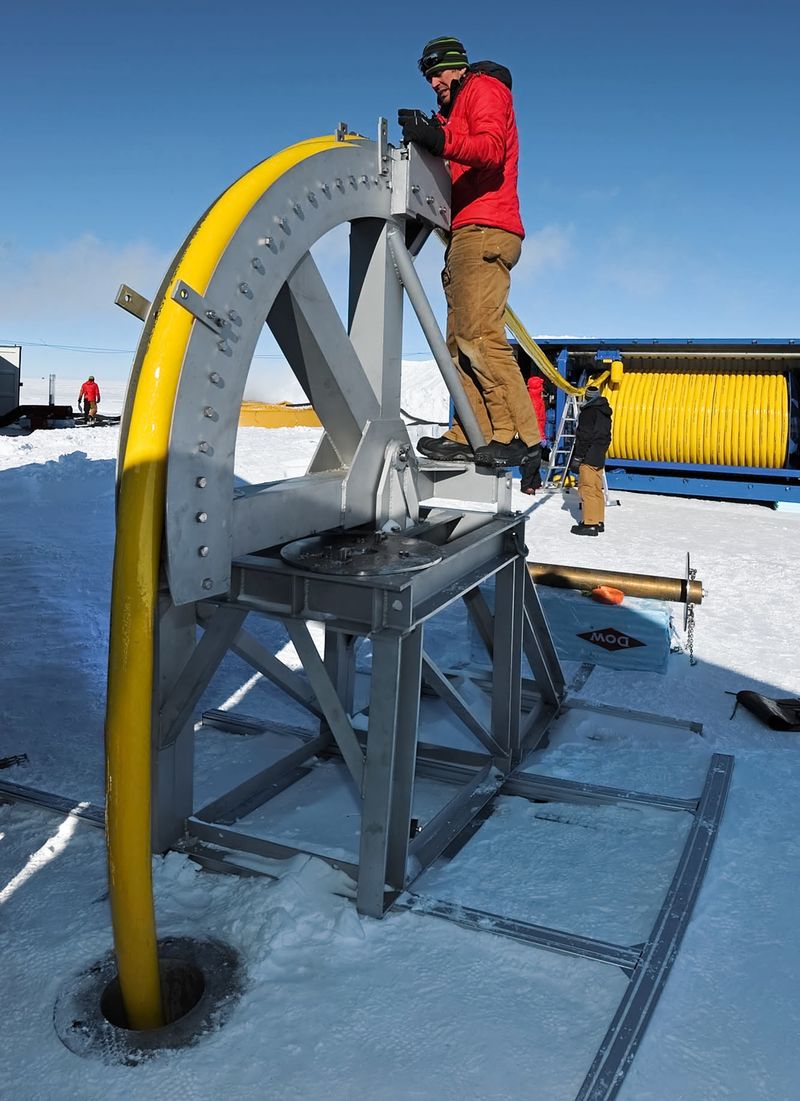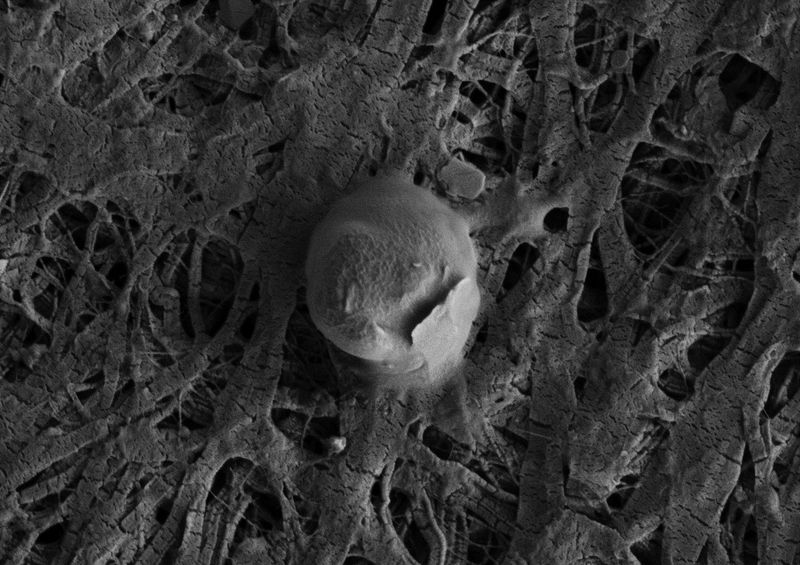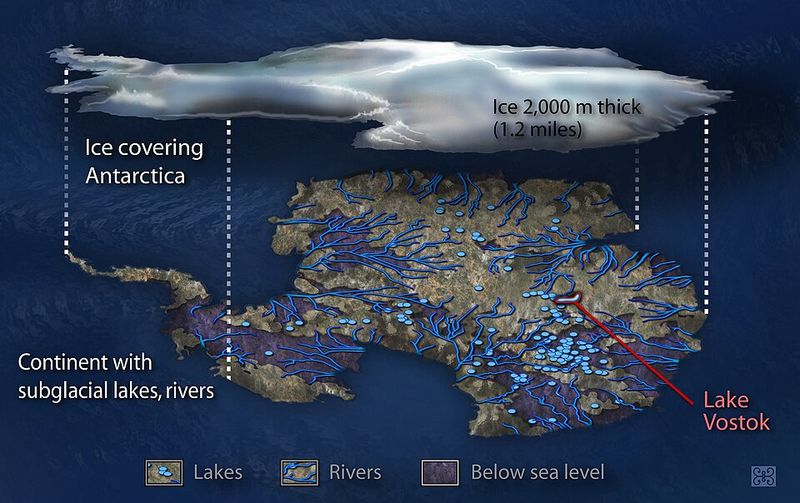Antarctica, the coldest and most isolated continent, just revealed an incredible secret. Scientists have found tiny living organisms called microbes deep under a frozen lake! This discovery is super important because it shows that life can exist in places we thought were too harsh. These tough little microbes might even help us understand if life could exist on icy moons in space.
Hidden Oasis Under Ice
Lake Enigma harbors a bustling microbial community beneath 11 meters of Antarctic ice. For years, scientists believed nothing could survive in such extreme conditions – no sunlight, freezing temperatures, and crushing pressure. Yet life found a way!
The 2019-2020 drilling expedition by the National Research Council of Italy marked a breakthrough moment in polar science. Using specialized equipment, researchers carefully penetrated the ice sheet without contaminating this pristine environment.
What makes this discovery remarkable is how these microbes have adapted to survive in complete isolation. They’ve developed unique metabolic pathways to extract energy from minerals and compounds in the lake water, proving life’s extraordinary resilience.
Surprising Diversity in the Depths
Against all odds, Lake Enigma teems with an astonishing variety of microbial species. Researchers identified four major bacterial groups: Pseudomonadota, Actinobacteriota, Bacteroidota, and Patescibacteria. Each group has evolved specialized survival mechanisms for this extreme habitat.
The diversity surprised even veteran Antarctic researchers. Instead of finding just one or two hardy species, they discovered a complex ecosystem with different microbes performing complementary roles.
Some microbes break down organic matter trapped in ancient sediments. Others harvest chemical energy from minerals dissolved in the water. This unexpected diversity challenges our understanding of what environments can support complex microbial communities and interactions.
Nature’s Perfect Time Capsule
Sealed beneath ice for potentially thousands of years, Lake Enigma functions as a remarkable natural time capsule. The microbes discovered here may represent lineages that have evolved in isolation since the lake was cut off from the outside world.
Evidence suggests Lake Enigma once existed as an open-water ecosystem before Antarctica’s climate shifted dramatically. As temperatures plummeted, ice slowly encased the lake, trapping everything inside – including these resilient microorganisms.
Studying these isolated communities offers scientists a rare glimpse into evolutionary processes occurring in extreme isolation. The genetic adaptations and survival strategies developed by these microbes could reveal new biological pathways previously unknown to science.
Survival Against Impossible Odds
How do microbes survive without sunlight in near-freezing water under crushing pressure? The answer showcases life’s remarkable adaptability. These extraordinary organisms have developed alternative energy sources completely independent of photosynthesis.
Many Lake Enigma microbes likely derive energy from chemical reactions involving hydrogen, sulfur, and iron compounds found in the lake sediments. This process, called chemosynthesis, allows them to create organic matter without sunlight.
The cold actually helps preserve their cellular structures while slowing metabolism to incredibly low levels. Some may enter dormant states during particularly harsh periods, awakening when conditions improve slightly. Their cell membranes contain unique fatty acids that remain flexible even at temperatures that would solidify normal cell membranes.
Clues for Finding Alien Life
Lake Enigma’s thriving microbial community provides compelling evidence that similar life might exist beyond Earth. Jupiter’s moon Europa and Saturn’s moon Enceladus both feature icy crusts covering subsurface oceans – environments remarkably similar to Antarctic subglacial lakes.
Astrobiologists now have real-world examples of organisms that could theoretically survive in these extraterrestrial oceans. The specific adaptations observed in Lake Enigma microbes offer a biological blueprint for what scientists should look for during future space missions.
NASA has already incorporated findings from Antarctic subglacial lakes into planning for the Europa Clipper mission launching in 2024. The instruments aboard this spacecraft are designed to detect chemical signatures similar to those produced by Earth’s extremophiles.









